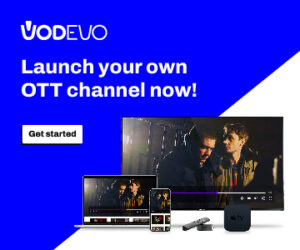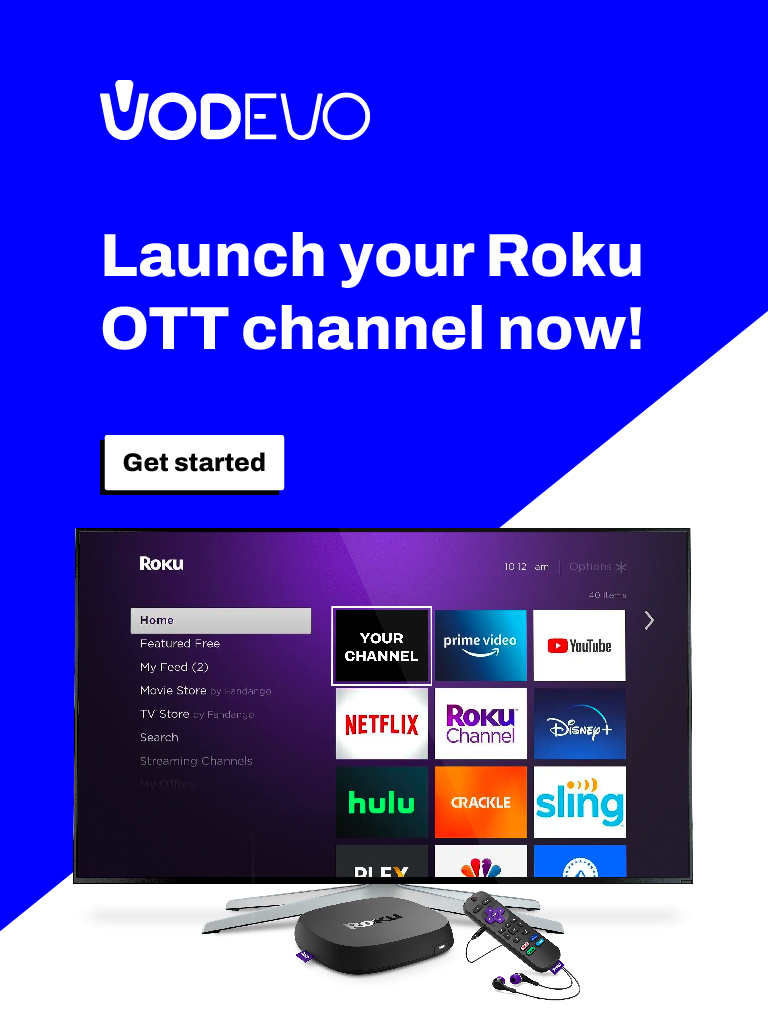Establishing clear goals for your video marketing efforts is crucial, whether you’re a seasoned video creator or just beginning this journey. Well-defined video goals will guide you throughout your marketing strategy and boost your chances of success.
Customer Journey for video marketing
The customer journey, also known as the buyer’s journey, comprises three stages: awareness, consideration, and decision. Each stage represents different customer needs and intentions, and your video content should align with one of these stages.
Awareness
Stage In this stage, potential customers realize they have a problem that requires a solution. They may not be aware of your product or service specifically, so your videos should focus on providing valuable information and education to help them address their concerns. Introduce your brand to create initial engagement.
Consideration
During this phase, viewers are actively considering your product or service as a solution to their needs. Offer more detailed content, such as product reviews, platform overviews, or webinars, to cater to their specific interests and requirements.
Decision Stage
In the decision stage, customers are close to making a purchase. Use video to showcase customer satisfaction through testimonials or case studies, emphasizing how your offering excels over competitors’.
Retention
After conversion, the retention stage comes into play. Use videos to support and engage your customers as they use your product or service. Keep them informed about product updates, offer live streams to explain the platform further, and provide other content to foster customer loyalty.
Video marketing goals: example
Our primary objective is to enhance brand awareness and attract new customers. To achieve this, we will launch a video series that imparts valuable knowledge on creating exceptional video content. We aim to achieve a 15% increase in newsletter signups within the next year as a result of this video campaign. Each video will be meticulously planned, scripted, recorded, and edited within a two-week timeframe, perfectly aligning with our broader editorial calendar.
By adopting this framework, you’ll be well-equipped to set targeted and attainable goals for your videos, seamlessly integrating them into your overall marketing strategy. The beauty of SMART goals lies in their versatility; they can be applied to any goals within your organization, ensuring everyone remains focused and moves in the right direction.








